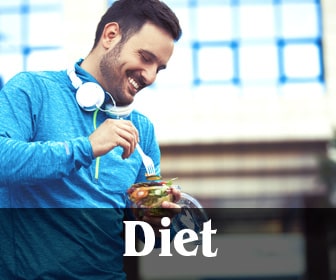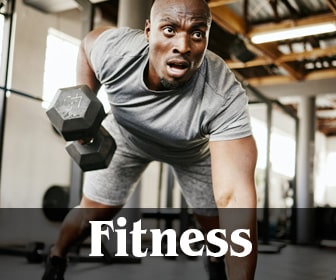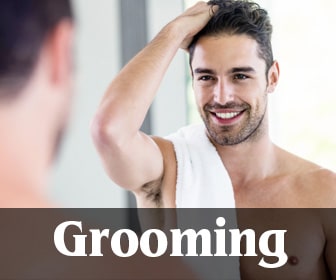
Intermittent Fasting and Exercise: Optimizing Workouts and Eating Windows
Pairing intermittent fasting (IF) with exercise can be a potent combination for those looking to shed body fat, enhance muscle definition, and achieve improved health. However, timing is crucial when juggling IF and physical workouts. In this post, we’ll explore how to best synchronize your workouts with your eating windows and delve into the relationship between IF, muscle gain, and fat loss.

Timing Your Workouts: The Symbiosis of Eating Windows and Exercise
- Working Out in a Fasted State: Exercising while in a fasted state (usually at the tail end of your fasting window) can boost fat burning. This is due to lower insulin levels during fasting, which promotes the breakdown of body fat to be used as energy. Morning workouts, before breaking your fast, are often favored by those who aim for optimized fat loss.
- Training During Your Eating Window: If muscle gain is a priority, or you engage in high-intensity interval training (HIIT) or weight lifting, it might be beneficial to exercise during your eating window. This way, you can consume a protein-rich meal or shake post-workout, aiding muscle recovery and growth.
- Endurance Training: For those into endurance sports, a fed workout can provide the necessary fuel to sustain prolonged physical activities.
Muscle Gain, Fat Loss, and IF: The Delicate Balance
- Boosting Fat Oxidation: When glycogen stores are low during fasting, the body resorts to using stored fat for energy, enhancing fat oxidation and promoting fat loss.
- Human Growth Hormone (HGH) Elevation: Intermittent fasting boosts the production of HGH, a key hormone for muscle growth and recovery. Elevated HGH levels, combined with resistance training, can augment muscle gain.
- Preserving Muscle Mass: Contrary to some concerns, intermittent fasting does not result in muscle loss unless you’re not consuming adequate protein during your eating window or are not engaging in resistance training.
- Nutrient Utilization: Eating post-workout during your feeding window ensures better nutrient utilization. Your muscles are more receptive to absorbing glucose and amino acids after a workout, aiding recovery and growth.
- Caloric Intake and Weight Training: For significant muscle gain, it’s essential to maintain a caloric surplus. Given the restricted eating window in IF, ensure that you’re consuming enough calories and protein to meet your muscle-building goals.
Final Thoughts
Integrating intermittent fasting and exercise requires a thoughtful approach. Understand your primary objectives—be it fat loss, muscle gain, or both—and adjust your workout timing and nutrition accordingly. The harmony between IF and exercise holds immense potential, but always remember to listen to your body and consult with fitness professionals to tailor the perfect regimen for your needs.










